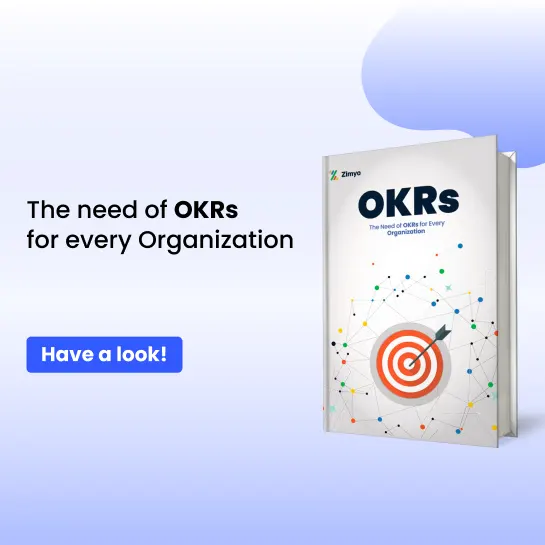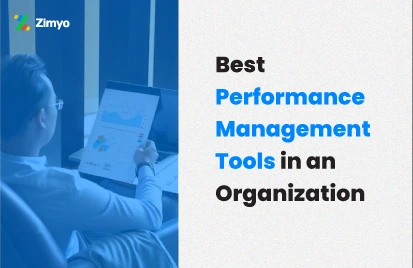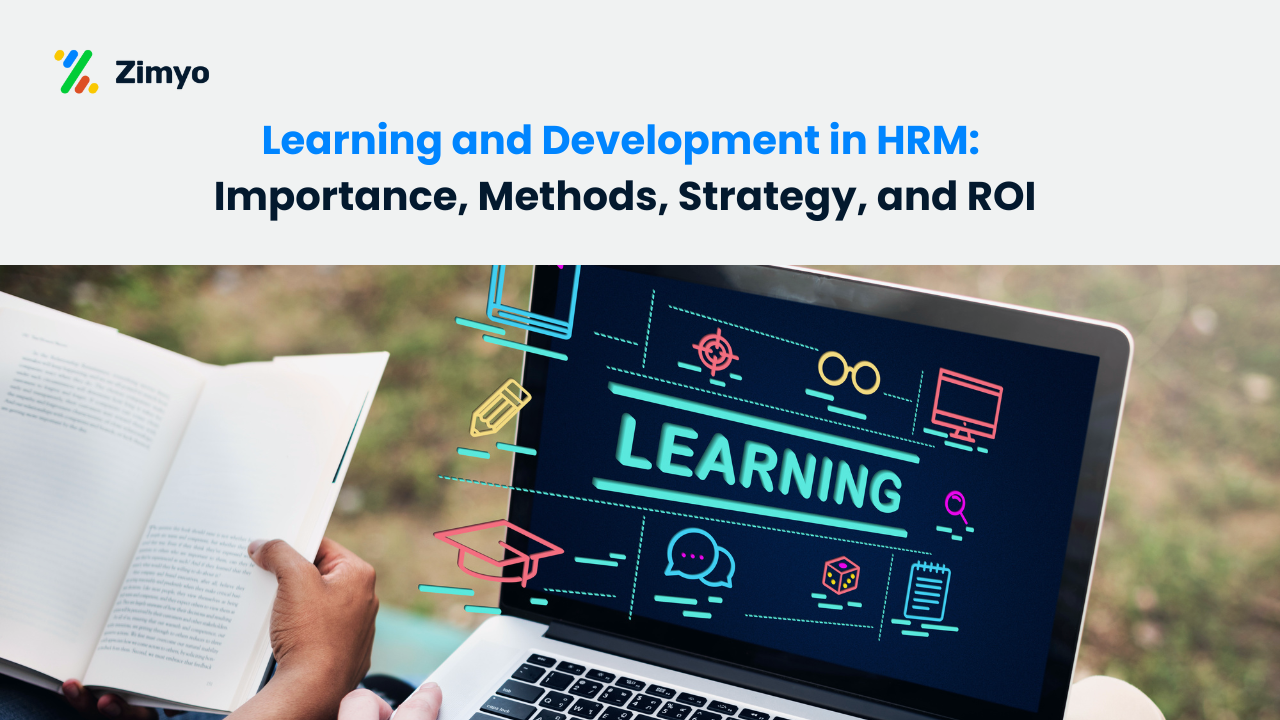For a layman to use the words advice and feedback interchangeably is quite bearable. If a C-suite manager does the same, the entire business is likely to get disrupted.
The concepts of feedback and advice have a lot in common- both are developmental coaching tools, and share the mutual goal of stimulating growth.
Nonetheless, the two are poles apart.
The keywords “recommendations” and “future action” are what majorly distinguish feedback from advice. Unlike advice, feedback in its truest sense does not include concrete suggestions or recommendations, rather it is about one’s feeling and reaction to an event.
Feedback- noun
Feedback is a response to an activity or process that provides information about how a person feels about what they have used, experienced, heard, or seen.
Synonyms include– observation, assessment, retaliation, evaluation, sentiment, criticism, and comeback.
Advice- noun
Advice is an opinion or recommendation offered by a person as a guide to action or conduct for future action.
Synonyms include– recommendation, consultation, encouragement, instruction, information, and proposition.
Applying Advice and Employee Feedback in a Work Environment
Advising employees and providing them feedback is part of the daily routine in a work environment. The two activities are a huge contributor to the productivity and engagement level of employees in a business, thus affecting its overall operations.
Giving advice is deemed highly useful in a workplace where the employees are low on experience, or the timeline is tight, and work demands a quicker turn-around, or when the results are absolutely uncompromisable.
On the other hand, feedback is the typical and preferable approach that allows a better learning process, enables motivation, and sticks persistent reforms in the work environment.
Both “words”, advice and feedback, hold very different connotations in a workforce.
For instance,
A manager’s statement “I need to give John some feedback” directly strikes the thought that John’s performance is going to be (constructively) criticised.
On the other hand, if the manager states “I want to give John some advice”, it showcases that John is being given the ultimate solution to a problem and is left with no room to innovate on his own.
Peculiarly, more often than not feedback is perceived in a distinct harsh shade- note the tone of synonyms for feedback (like retaliation), versus those for advice (like encouragement). However, truth be told, constructive feedback is much well received by highly engaged employees than advice.
“In this survey of 900 global employees, 57% of respondents stated that they prefer corrective (negative/constructive) feedback, whilst only 43% stated that they prefer praise, recognition, or solution” – Harvard Business School
To make feedback a more welcoming concept in a business set-up, HRs must take the responsibility to populate an accurate feedback framework. And this is where the managers would come into play as “good” feedback givers.
Why is the Distinction Between Employee Feedback and Advice Important?
Here are some reasons why the distinction between feedback and advice is important.
-To help employees become more self-aware
Most of the time the actual feedback given is a piece of mixed unsolicited advice.
Advice ordinarily focuses on what one should do with no explanation about what they did do. Feedback, on the contrary, provides a much clearer picture about the “before” and leaves the door open for dynamic “after” results. This helps employees become more self-aware about their performance, behaviour, and future course of action.
– To motivate employees
Feedback is the “why” behind the advice. Advice without stating the ultimate impact of the action is as ambiguous as it gets. For instance, consider the difference between “keep your camera on at all times” (advice) vs “I can’t see you” (feedback). The latter is more probable to drive action because it states the impact of the activity in question.
-To give employees a sense of independence
Advice can make the calmest of employees pestered. Moreover, being told what to do can result in some extremely disrupting employee-manager relationships. The main reason for such eventualities is the stripped away sense of autonomy from the subordinate because of constant advice. Productive employees prefer coming up with their own ideas and solutions rather than being spoon-fed. While the advice is most likely to result in compliance, feedback often leads to commitment.
Effective Ways to Frame a Good Employee Feedback
According to the studies carried out by lifelab learnings, there are a few simple yet different behavioural traits that make good feedback givers stand out,
- They share an observation.
A great feedback giver tends to include relevant data and brief impact statements in the feedback they provide. For instance, “I noticed you did A. I mention it because of B.”
- They ask questions.
Asking questions is another activity that great feedback givers religiously engage with. This is important to both understand the other person’s perspective and, to rely on them when deciding further steps.
Keeping these two ideal traits in mind, feedback structures such that are impact intensive and engagement intensive can be drafted for favourable results-
Impact feedback
- Impact feedback, as the name suggests is about the direct impact that an action has had on someone. Thus naturally, it includes how it affected their work, how it made them feel, etc.
- It is specifically effective in situations where feedback needs to be sent about behaviors and specific events.
- The most common structure used for this kind of feedback is “When you did______ the impact it had on me was ______”
Example:
- When you continued cutting me when I tried to speak, the impact it had on me was that I didn’t feel respected and wanted in the group.
- When you admitted you made a mistake the impact it had on me was that it made me more open to experimenting.
Expectation feedback
- Expectation feedback as the name suggests drives a trading action.
- It is a great way of response for someone who is trying to lay out feedback around things that they need but haven’t been getting.
- The most common structure used for this kind of feedback is “In order for me to do______ what I need from you is ______.
Example:
- In order for me to feel valued in this team, what I need from you is empowerment to make decisions and freedom to manage my own work.
- In order for me to completely review your task, what I need from you is a list of credentials for all the tools that you have accessed to work on this.
The bottom line is that HRs and managers must provide those who they lead with accurate observations and data about their past performance.
As a manager, it is important to be clear about your intentions when giving feedback. If you consider “giving feedback” your sole intent then there are high chances your message may be unnecessarily unbalanced. Managers must provide both feedback and advice with a balanced look at past and future performances– in order for your communication to be received in the best possible perception.
This includes stating both – things that are going well and things that need to be improved (feedback). Additionally, to nurture their willingness to improve, you must help them deduce how they can translate past performance into future performance (by giving advice).
Fore more, explore our continuous feedback software that helped organisations build an effective performance management structure.
Also Read: 5 Benefits of 360 Degree Feedback





